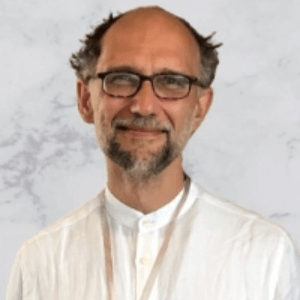Title : Structural deformations in the superior tubular of the hypothalamus and their impact of autoimmune antibody production: A study of long COVID patients
Abstract:
Post/Long COVID is a complex multisystemic post-viral syndrome characterized by heterogeneous symptoms, potentially associated with viral or immune-mediated disruption. The superior tubular of the Hypothalamus, responsible for the Immune response and control, plays a pivotal role in this interaction. Structural imaging, specifically diffusion tensor imaging (DTI), revealed deformations and holes in cubic millimeters, suggesting degenerated cells leading to persistent firing and excessive toxic production of antibodies from the immune system.
Methods: This case study investigated the effects of testing different antibodies over six months in 10 LongCOVID patients, 10 Post-COVID patients, and ten recovered patients (all female). The freesurfer and CONN toolbox, along with the 2D Elisa penel (antibodies), were utilized for displaying MRT DTI. Autoantibody profiles were determined, and baseline and follow-up scans using Fractional Anisotropy were conducted. Diagnosis Long/Post COVID patients were established through clinical diagnosis, self-report measures, Canadian Consensus Criteria for CFS, and ICD-10 coding.
Results: Structural deformation, particularly in the area of the hypothalamus responsible for the immune responce, were evident through holes in the structural imaging. The deformations are hypothesized to trigger chaotic cell behavior, leading to persistent firing and increased autoantibody production, predominantly observed in Long COVID patients and occasionally in post-COVID cases. Patients who had recovered still exhibited structural defects upon re-measurement with MRI.
Discussion: These findings suggest that altered structural integrity in the superior tubular may lead to the release of overdriven immun autoantibodies, potentially explaining the toxic autoimmune reactions due to long-term disturbance in brain function in patients with Long COVID. Clarifications is needed regarding whether the observed holes are causative or resultatant of volume changes in the superior tubular.



